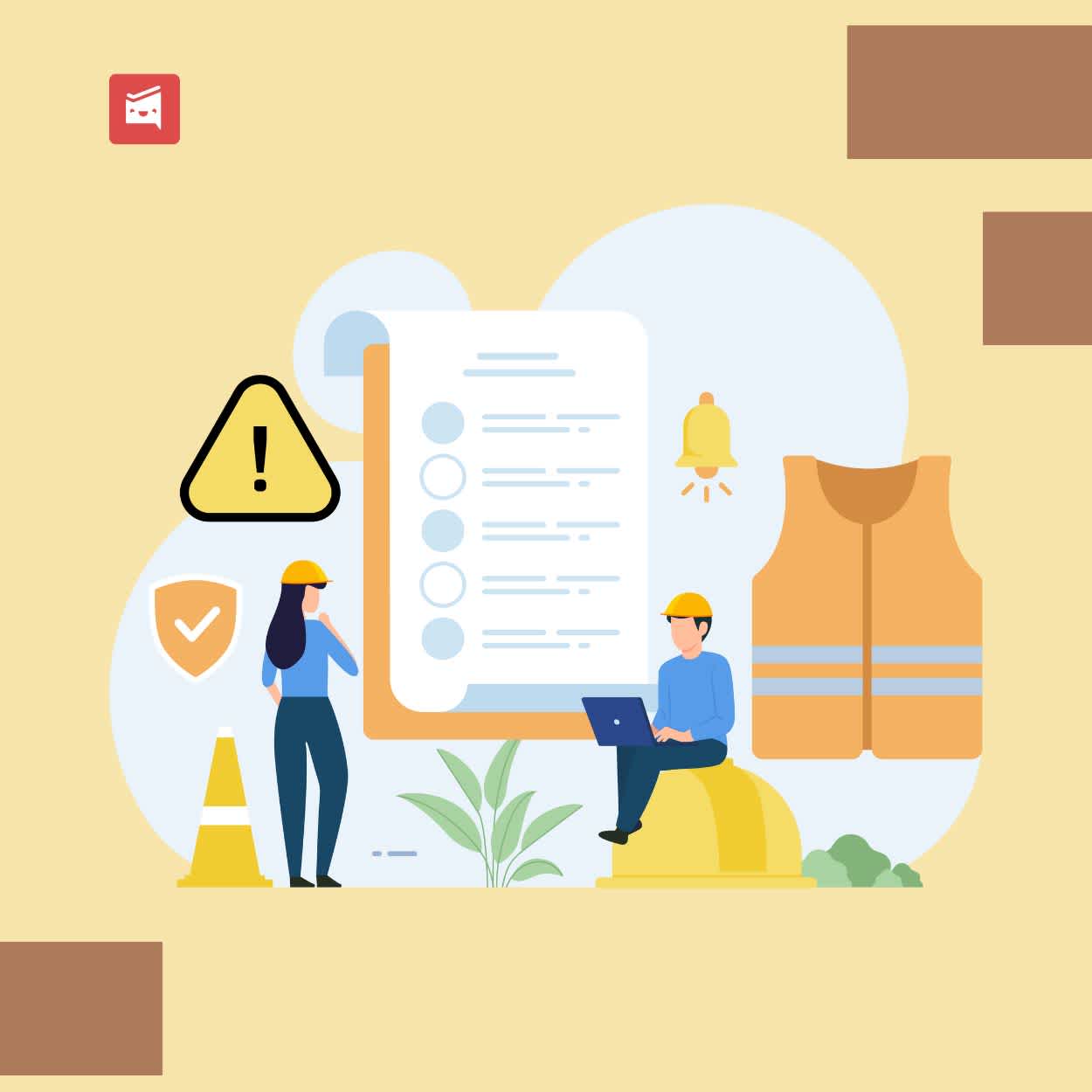Harnessing Technology to Enhance Workplace Safety
ByJulian Gette
Workast publisher

Workast publisher
The workplace environment of the modern age has undergone a sea change with technological advancements, ushering in a new era of improved safety and efficiency. This transformation holds the promise to reduce injuries and fatalities that are commonplace when human error and inadequate safety protocols come into play. Companies now have access to various tools that can help them implement digital processes for mitigating risk factors within their working environments, while also improving productivity levels. In this blog post, we'll discuss ways you can use technology to boost your organization's safety program and foster an accident-free workspace.
In today's fast-paced world, safety is a top priority for businesses and individuals alike. Whether it's a retail store, a construction site, or a school, everyone wants to ensure that their environment is free from potential safety hazards. Fortunately, the latest video surveillance technology offers remote monitoring to help achieve this goal. By utilizing advanced software and high-quality cameras, businesses and individuals can spot potential safety hazards before they become serious problems. This technology can monitor everything from employee behavior to equipment malfunctions, alerting you to potential issues with real-time alerts. Overall, the latest video surveillance technology can offer peace of mind and help create a safer environment for everyone.
The well-being of employees is paramount in any workplace. It should be a top priority to ensure that the staff are equipped with safety gear to protect them from any potential hazards on the job. Training staff in the proper use and maintenance of these safety equipment such as hard hats and steel-toed boots can make all the difference in preventing accidents and minimizing injuries. This includes providing guidance on the right fit, how to check for wear and tear, and how to properly store and clean the equipment. Proper training for the use of safety gear can lead to a safer work environment for everyone involved.
In a world that is constantly evolving, it is essential to prioritize workplace safety. As employers, creating policies that encourage workers to take charge of their own safety is a crucial step in achieving this. By equipping them with the necessary knowledge and training, workers are empowered to follow the protocol and take initiative in ensuring their safety. This not only creates a safer environment for everyone involved but also positively impacts the morale and productivity of the workforce. It's time for employers to take action and create policies that prioritize the well-being of their employees.
Keeping workers safe on the job should always be a top priority for employers. One way to ensure safety is by incorporating automated systems that detect potential risks and immediately alert supervisors and managers. These systems can include anything from sensors that detect unsafe temperatures or chemicals to software that monitors employee behavior for signs of fatigue or distraction. By implementing these systems, employers can help prevent accidents and injuries, improve overall safety, and reduce liability in the workplace. Plus, workers will feel more confident and secure knowing that their employer is invested in their well-being. Ultimately, creating a safer work environment benefits everyone involved.
In today's fast-paced world, it's crucial to have a reliable system for storing safety data. Cloud-based systems offer an effective and secure solution to this problem. By using cloud technology, you can quickly store your safety data and ensure that it's accessible to all stakeholders across the globe. Sharing information has never been easier because cloud-based systems allow fast and reliable data transfer, no matter where you are. With cloud-based safety systems, you don't have to worry about data theft or loss, as data is protected by state-of-the-art encryption. This means that you can store safety data for years without worrying about theft or corruption. So why not choose to use a cloud-based system to help protect your safety data?
As technology continues to progress, Virtual Reality (VR) has emerged as a revolutionary tool in the field of safety training. By immersing workers in a virtual environment that simulates real-life scenarios, VR can provide hands-on training without the risks associated with actual hazardous situations. It allows workers to navigate through a variety of safety challenges, learn to respond appropriately, and build confidence in their abilities, all in a controlled and safe setting. Furthermore, VR offers scalable training, making it cost-effective for large-scale workforce training. Therefore, integrating VR into your safety training program can lead to a substantial reduction in workplace accidents and enhance overall safety preparedness.
Artificial Intelligence (AI) has paved the way for predictive analytics, a powerful tool that can significantly boost workplace safety. Predictive analytics harnesses the power of AI to analyze vast amounts of data from various sources, identify patterns, and predict future outcomes. When applied in a workplace safety context, it can forecast potential safety risks and help prevent accidents before they occur. For instance, predictive analytics can analyze equipment performance data to anticipate mechanical failures or utilize worker health data to predict potential health-related issues. By identifying potential safety problems in advance, organizations can proactively address these issues, maintain a safer work environment, and reduce costs associated with workplace accidents and injuries. Thus, adopting AI-powered predictive analytics can be a game-changer in improving workplace safety.
In conclusion, the modern workplace calls for proactive and technologically advanced measures to ensure employee safety. From training staff in safety gear usage, and creating safety-centric policies, to implementing automated systems and cloud-based data storage, every step is crucial in creating a secure working environment. The innovative use of Virtual Reality for realistic, risk-free training and the application of AI-powered predictive analytics to anticipate safety issues further underscore the tremendous potential of technology in enhancing workplace safety. Embracing these advancements is not just beneficial but essential in our quest for a safer and more productive work environment.

